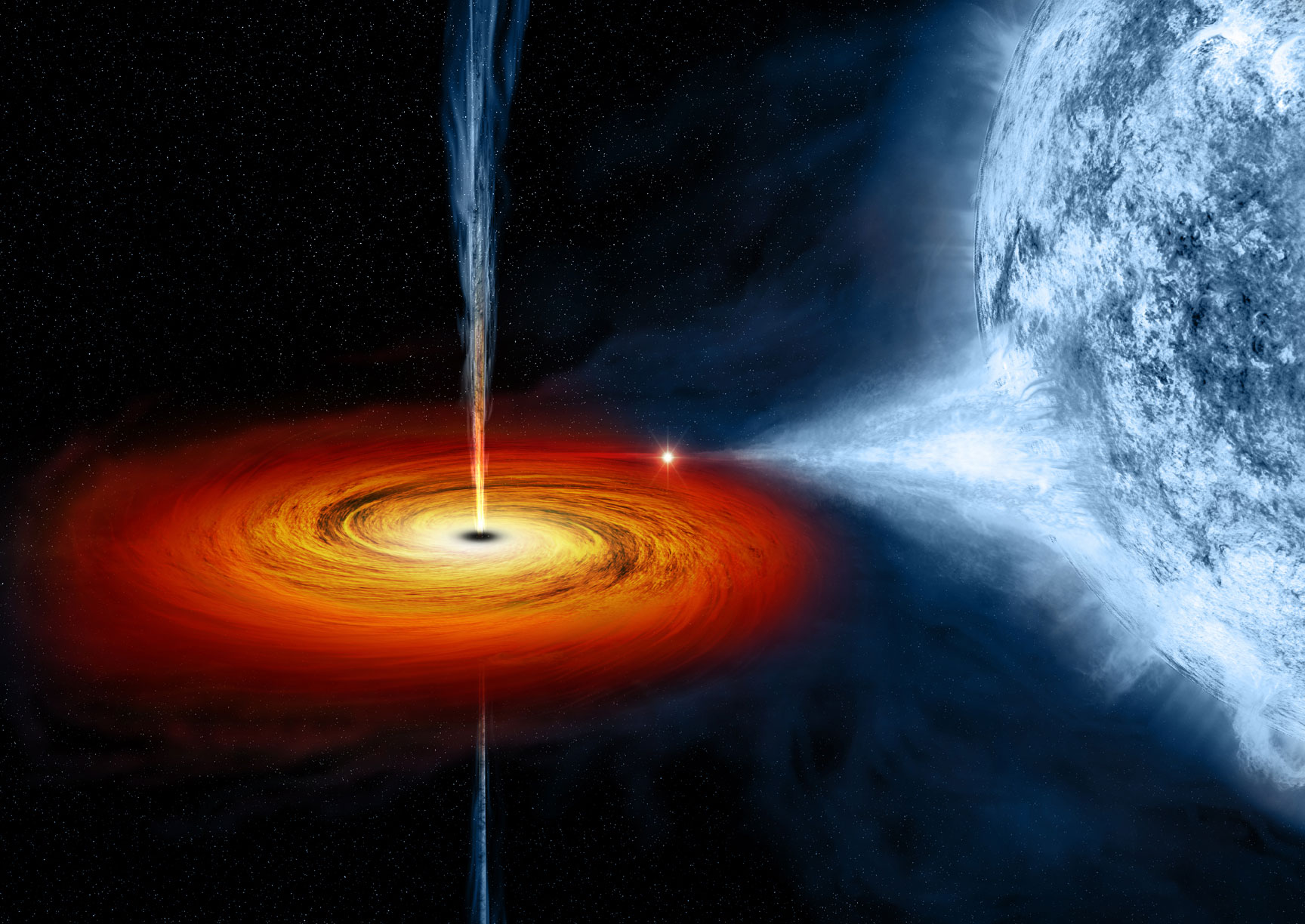Mara Johnson-Groh writes:
Of all the known elementary particles, neutrinos probably give physicists the most headaches.

These tiny fundamental bits of matter are the second most common particle in the universe yet are anything but ordinary. Since their discovery, they have taunted scientists with bizarre behaviors, some of which physicists have yet to comprehend.
One source of confusion has showed up in the results from short-distance neutrino experiments, in which neutrinos are measured after traveling somewhere between a few meters and a kilometer. When scientists measure neutrinos in these experiments, the results don’t always match their predictions. Sometimes there are too many of certain types of neutrinos, while in others there are too few.
Short-baseline anomalies
At the heart of the short-distance miscounts are so-called short-baseline neutrino experiments. Such experiments typically have a well-understood source or a beam of neutrinos in one location and, some distance away, a detector that can identify one or more of the three different known types of neutrinos—electron neutrino, muon neutrino, and tau neutrino. These experiments look to see if what interacts with the detector is what scientists expect, based on what they know about the neutrinos coming from the source.
This should be straightforward, but unlike most other particles, neutrinos are shape-shifters. Instead of being one thing their whole lives, neutrinos change their type—or “flavor,” as physicists say—as they travel. Similar to how photons travel as waves but interact as particles, each neutrino travels as a probabilistic mix of the three different flavors. Only when it interacts does it settle on a single one. Physicists call this neutrino oscillation.
Of the three different neutrinos, each has a different probability of interacting as each of the three flavors. Additionally, each has a unique mass, so it travels at its own speed. In the end, this means each flavor has a greater likelihood of showing up at some distances than others. The theoretical framework that describes neutrino oscillations tells physicists how many neutrinos of each flavor should show up at different distances.
Over long distances, neutrinos have sufficient time to change flavors—and this is well supported by experiments that study neutrinos traveling to Earth from the sun and experiments that analyze neutrino beams sent halfway across a continent. Over short distances, neutrinos don’t have as much time to oscillate and shift to a different flavor.
But time after time in these short-baseline experiments, including experiments at beam lines and at nuclear reactors, predictions seem to be wrong. In some experiments, too many electron neutrinos appear, while in others, too few show up. These counting mismatches are called short-baseline anomalies.
Ghosts in the machine
A potential explanation for short-baseline anomalies could be that there’s something wrong in the experiments.
But the miscounting shows up again and again in different types of experiments.
While there are not yet any satisfactory explanations of what might be missing from the Standard Model to allow the anomaly, physicists are still exploring new ideas.
Sterile neutrinos
Another explanation for the anomalies is the influence of one or more additional, as-yet undetected type of neutrino. These neutrinos would interact only through gravity, not the weak nuclear force as other neutrinos do, earning them the name “sterile neutrinos.”
Recently, the MicroBooNE experiment, a large liquid-argon particle detector at Fermilab, has been on the look-out for sterile neutrinos, whose signature would be revealed by extra electrons. So far, they haven’t found proof of a fourth neutrino. While the results don’t look promising for sterile neutrinos, scientists haven’t fully ruled them out, Machado says.
Neutrinos from the darkness
If sterile neutrinos aren’t to blame, the anomalies could be coming from an entirely different kind of neutrino—a dark neutrino.
Unlike sterile neutrinos, which would add to the three-neutrino framework as a fourth neutrino flavor, the proposed dark neutrinos would be another breed altogether. Dark neutrinos would be a part of what’s known as the dark sector, an area of physics that includes things like dark energy, dark matter and other particles that mediate interactions between the dark sector and the everyday particles we know.
Over the next couple of years, several neutrino experiments will look specifically at the short-baseline anomalies. Experiments such as MicroBooNE are currently looking for signatures of light sterile neutrinos. Other experiments, like Fermilab’s full Short-Baseline Neutrino program and a Sterile Neutrino Search at the Japan Proton Accelerator Research Complex, will look for signatures that can differentiate between sterile neutrinos and other exotic varieties, like dark neutrinos.
“These are all experiments that the community has been investing in over the last decade, and now we’re finally seeing them happen,” Karagiorgi says. “The next few years are going to be very exciting.”
Complete article available at Symmetry Magazine.